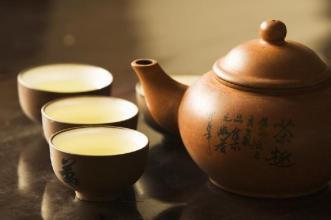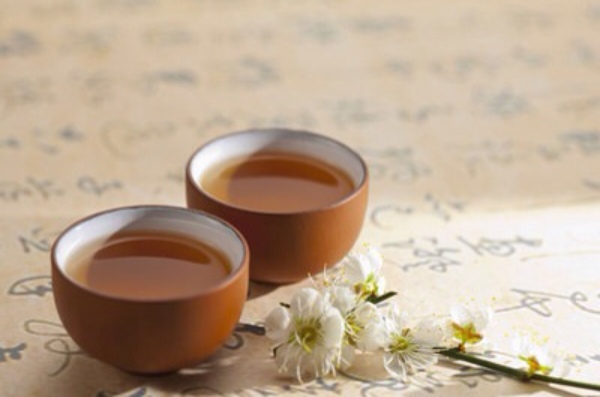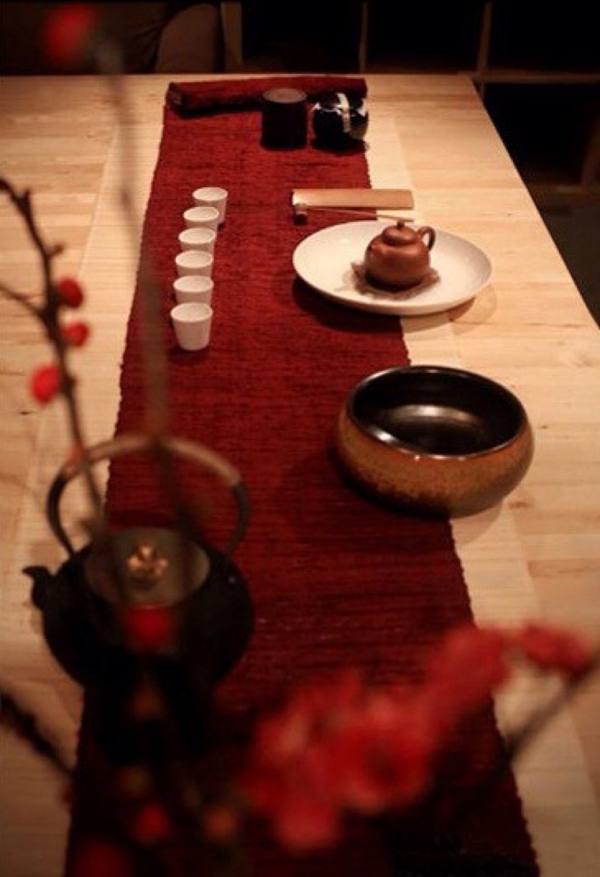Before understanding light, traditional, and strong aroma types, grasp two key concepts:
1. Oxidation (Fermentation):
Refers to the transformation of tea compounds during the withering process of oolong tea. This includes oxidation after leaf damage and the formation of unique aromas. Fermentation degree isn't solely about red edges; proper oxidation is crucial for quality tea. Heavy shaking may create red edges quickly, but without aroma, indicating insufficient fermentation.

2. Traditional Rock Tea Processing:
The key difference lies in finishing—charcoal roasting over low heat for extended periods. Unroasted tea is called raw or semi-finished. Modern market demands led to both traditionally roasted (traditional aroma) and unroasted (light aroma) teas. Traditional aroma teas exhibit sharp, long-lasting or subtle, distant fragrances, while light aroma teas are fresher.

Common confusions include:
1. Light vs. heavy fermentation.
2. Light roasting with heavy "fermentation."
3. Why aroma types aren't tied to initial fermentation.

Wuyi Rock Tea fermentation involves enzymatic oxidation, not microbial action. Consumers often judge fermentation by liquor color or red edges, but this is incomplete. Proper fermentation balances aroma, flavor, and clarity.

Definitions:
Light aroma teas skip charcoal roasting, while traditional aroma teas undergo it. Thus, the distinction isn't about initial fermentation.